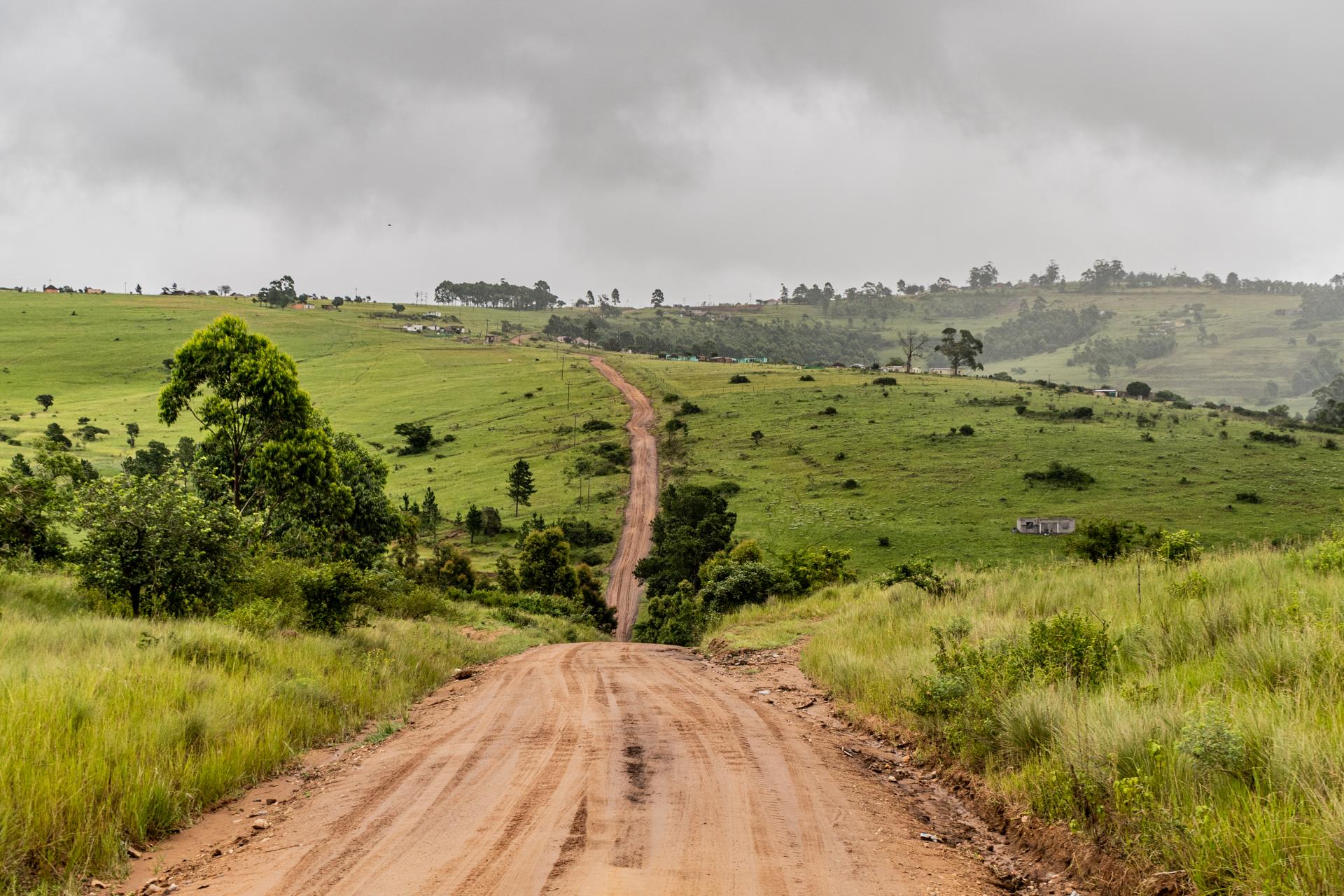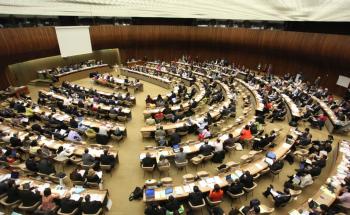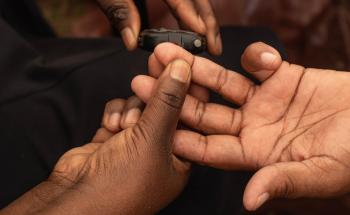On 01 December, Doctors Without Borders (MSF) officially closed its long-term HIV/TB project based in the KwaZulu-Natal town of Eshowe, bringing to an end 23 years of continual MSF HIV/TB operations in South Africa.
MSF Eshowe and its principal partner, the KwaZulu-Natal Department of Health, attracted international attention in 2019 for achieving the UNAIDS 90-90-90 targets two years ahead of deadline, with results of 90-94-95 (90% of people living with HIV know their status, 94% of those were on antiretroviral treatment and 95% of those had a suppressed viral load).
“Our withdrawal does not mean that we think that HIV is over – it is not,” said Tom Ellman, the head of MSF’s Southern Africa Medical Unit.
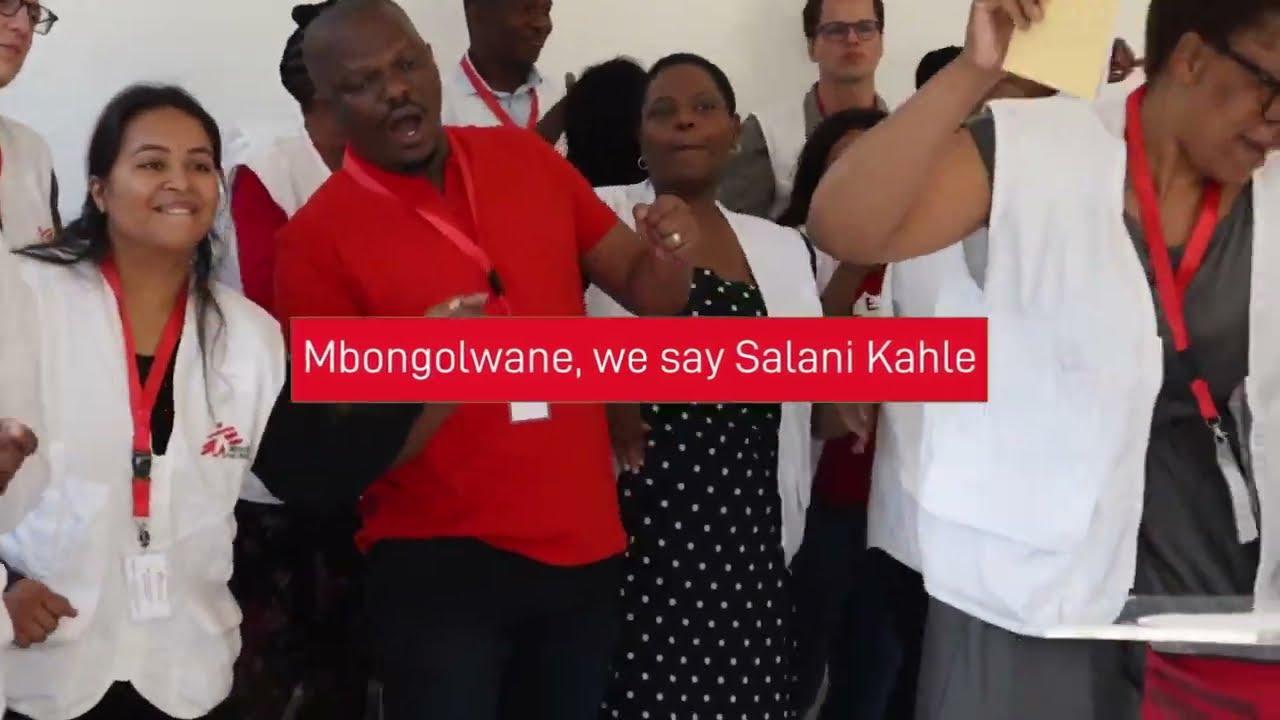
MSF closes ground-breaking HIV/TB Eshowe project
“We know that 90-90-90 isn't enough – there is a growing realization that even if you reach 90-90-90, you are going to stumble as people become fatigued and cycle in and out of care. Nevertheless, today South Africa has one of the world’s most impressive roll-outs of HIV services, leaving less of a role for the large vertical projects that used to make up the bulk of MSF HIV activities,” said Ellman.
Earlier MSF HIV/TB projects in Khayelitsha and Lusikisiki were known for innovating new approaches to treating and caring for HIV and drug-resistant TB patients, and with mustering the right levels of defiance needed to ensure that those models of care became policy, not just in South Africa but regionally and elsewhere.
“The Eshowe project was a little different,” said Liesbet Ohler, MSF Eshowe’s medical coordinator.
“Its scope was massive - we implemented activities at all levels of HIV care in an area of more than 2000km2. MSF Eshowe took everything that we know you need to do to reduce HIV-related illness and death, adapted these models to an unique context and showed that if you do all of these things with the right people and sufficient resources, you can make a difference,” she said.
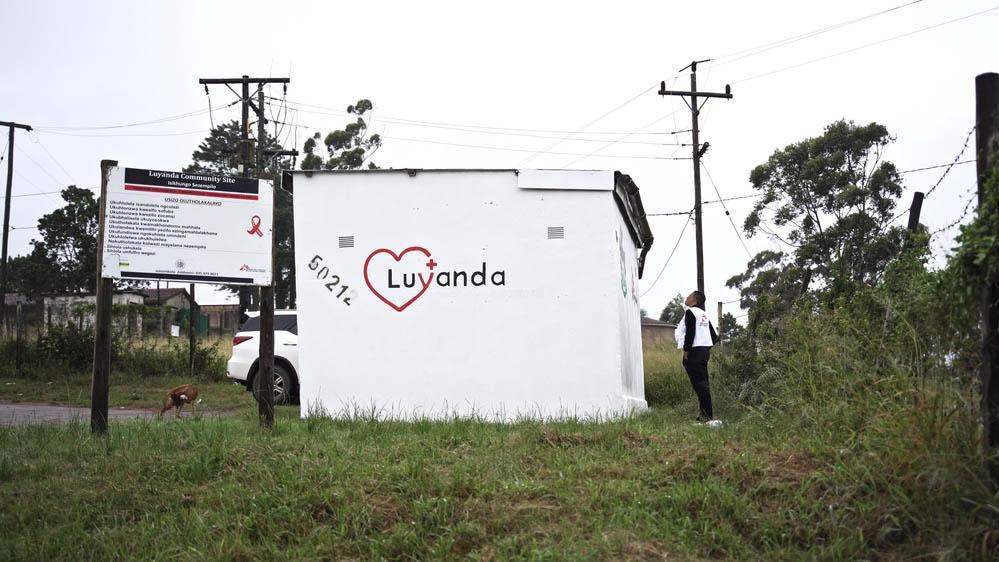
In a detailed analysis of the project’s HIV work, MSF’s Stockholm Evaluation Unit found that it “demonstrated the importance of investing in relationships, with community, traditional leaders, government structures, personnel from districts and clinics, TVET College management, farm owners, and CSOs.”
Ntombi Gcwensa, MSF Eshowe’s Patient Support Manager, concurred: “This is a highly traditional area in which levels of HIV and TB stigma were off the charts, so we needed to consult deeply and imaginatively before we could launch a single activity, everyone from patients and their families to traditional leaders and health practitioners, to ensure that the community felt a sense of ownership of the services that were brought in.”
The Eshowe project handed its HIV activities over to the government and other partners in 2018. It shifted focus to TB, aiming to replicate its successful, patient-centred approach to combatting HIV.
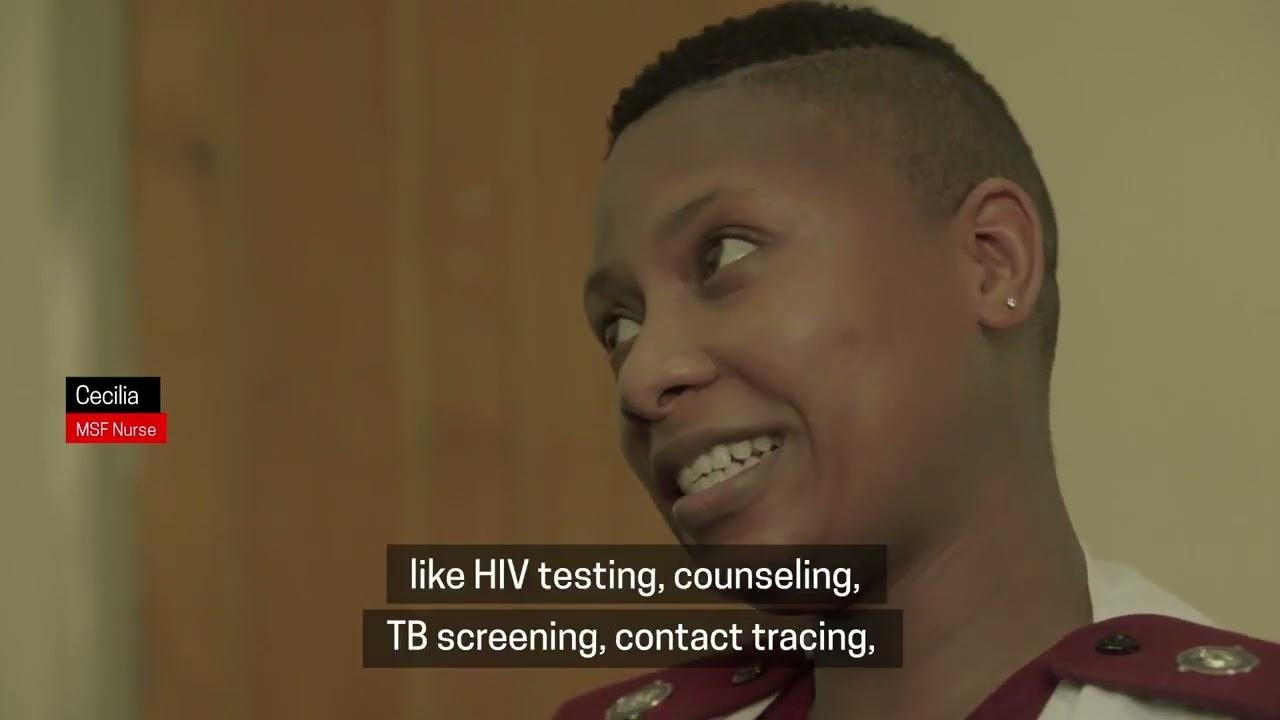
How MSF brought access to medical care to communities in Eshowe, KZN, South Africa
“There have been several TB milestones, including a study aimed at enhancing TB diagnosis in hospitalized adults that almost doubled TB diagnosis, and a similar study for children that demonstrated how TB detection can be significantly improved. However, mirroring the impact on the national TB program, successive COVID-19 lockdowns hampered the work,” said Ohler, who added that MSF remains concerned about the slow pace at which services for DR-TB patients have been decentralized in King Cetshwayo District.
“Progress has been made but children with DR-TB and patients with extensively drug-resistant TB still have to travel several hours to King Dinizulu Hospital in Durban for treatment and care,” Ohler said.
MSF continues to make major investments in HIV/AIDS in places that have been most neglected in the roll-out of HIV services, including Central African Republic, Mozambique, Guinea and Democratic Republic of Congo, with a focus on the populations that are known to be most neglected.
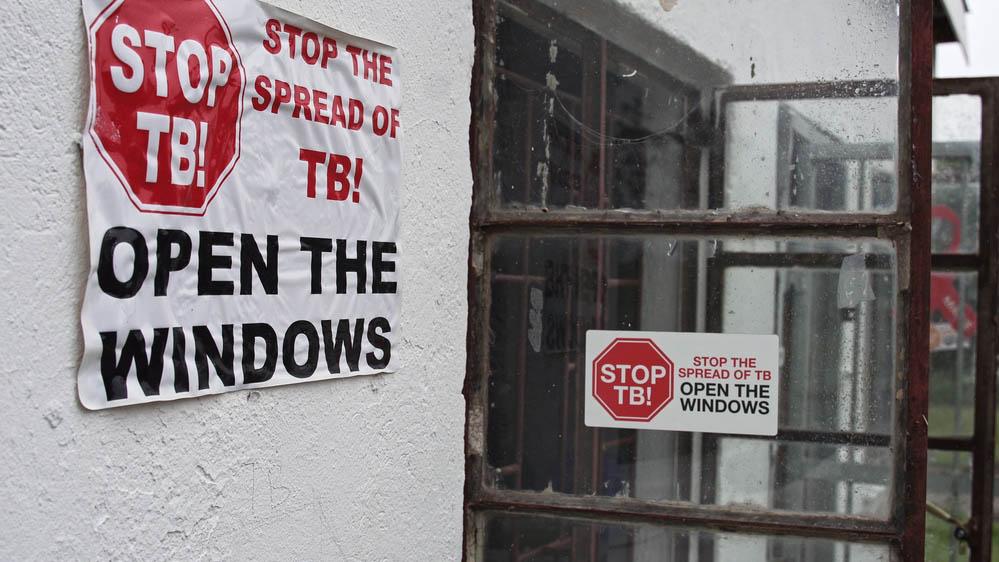
According to MSF’s regional operations director, Philip Aruna, MSF remains committed to South Africa.
“In October 2023 we launched a new non-communicable diseases (NCD) project in the Eastern Cape, where NCDs account for half of all deaths. We believe that much of what MSF in South Africa has learned over the last two decades in working with HIV and tuberculosis (TB), including in the recently concluded Eshowe project, is relevant to the management and care of type-2 diabetes and hypertension, and that these lessons can be easily adapted to transform the ways in which NCDs are identified and managed,” he said.
